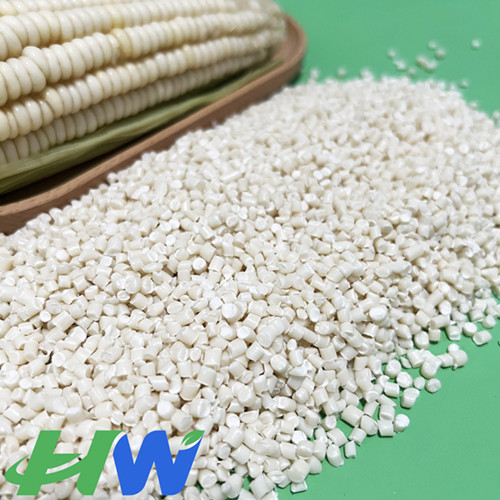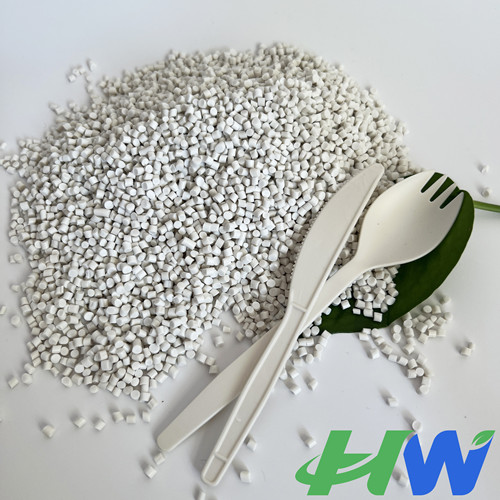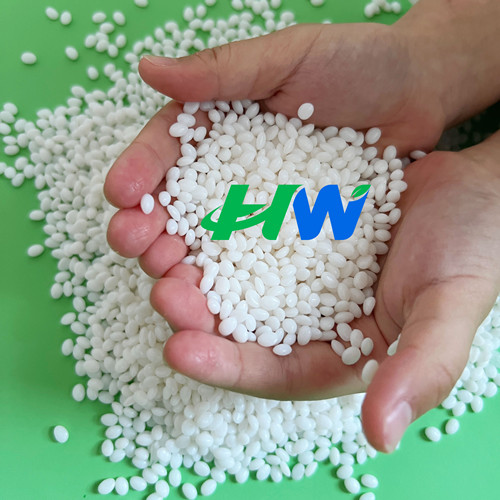Starch biodegradable plastics are made of starch as the basic material and certain polymers are added, and the starch can come from corn, cassava, wheat, and other amyloplasts. This material itself has good biodegradable properties, with a certain degree of strength and toughness, but not enough to replace traditional plastics.

Calcium carbonate degradable plastic as a new material for environmental protection has attracted widespread attention. It can be hydrolyzed, biodegradation, and other ways of degradation into harmless substances, will not cause pollution to the environment, so it is known as a "green material". Calcium carbonate can reduce the cost of plastic products but also improve the mechanical properties of plastics, making the service life of plastic products longer, reducing the generation of waste, and reducing resource consumption and environmental pollution.

PBAT belongs to thermoplastic biodegradable plastics, which is a copolymer of butylene glycol adipate and butylene glycol terephthalate, and has the characteristics of both PBA and PBT, with good ductility and elongation at break, as well as good heat-resistance and impact properties; in addition, it also has excellent biodegradability, and it is one of the most popular and best-applied degradable materials for market application in the research of biodegradable plastics.

Polylactic acid degradable plastics are made of lactic acid monomer polymerization, mainly from the lactic acid produced by the fermentation of corn starch. PLA can be biodegraded and completely decomposed into carbon dioxide and water without any impact on the environment. It has good mechanical properties, suitable for the manufacture of products that must have certain mechanical properties requirements.
Polybutylene succinate degradable plastics are made of polyester materials, biodegradable, and suitable for the production of plastic bags, ferrite materials, medical sutures, and many other products. At the same time, polybutylene succinate degradable plastics also have excellent physical and mechanical properties and have been widely used in packaging materials, agricultural cover materials, and other fields.
In addition to the above four kinds of degradable plastics, there are also polymer-like materials, polyether ester materials, polyhydroxy fatty acid esters, and other degradable plastics, are also some of the modern environmental protection materials.
Overall, degradable plastics are environmentally friendly materials that can naturally decompose in the natural environment, reducing the pollution caused to the environment and the impact on the natural environment. The degradation process will produce some organic matter, but it can be reabsorbed and utilized by the natural environment.
